Overview
Pantop Portable adds a level of ease of use and flexibility that allows you to take the light with you - from room to room, and create the desired atmosphere wherever you are. With seven hours of operating time, Pantop Portable allows you to enjoy the flexibility of light for an entire evening where there is no access to power. The three-stage dimmer allows you to adjust the light level to the desired atmosphere and setting.
As an official licensee of Verner Panton Design AG, the exclusive owner of all Verner Panton designs, Verpan offers a carefully curated selection of Verner Panton’s timeless designs. Verpan's collections include iconic furniture and lighting pieces that offer extraordinary user experiences and facilitate new ways of living, working and interacting.Iconic design with a great story
PANTOP Portable Lamp, Dusty Rose, by Verner Panton
- Iconic Panton design
- Base, stem and shade: painted polycarbonate
- Dimmer/top bolt: brushed aluminum
- Ø 7" x H 11.8"
- 1.5W LED board (replaceable)
- 78.7" Micro USB charging cable 5.0 1A
- Made in China
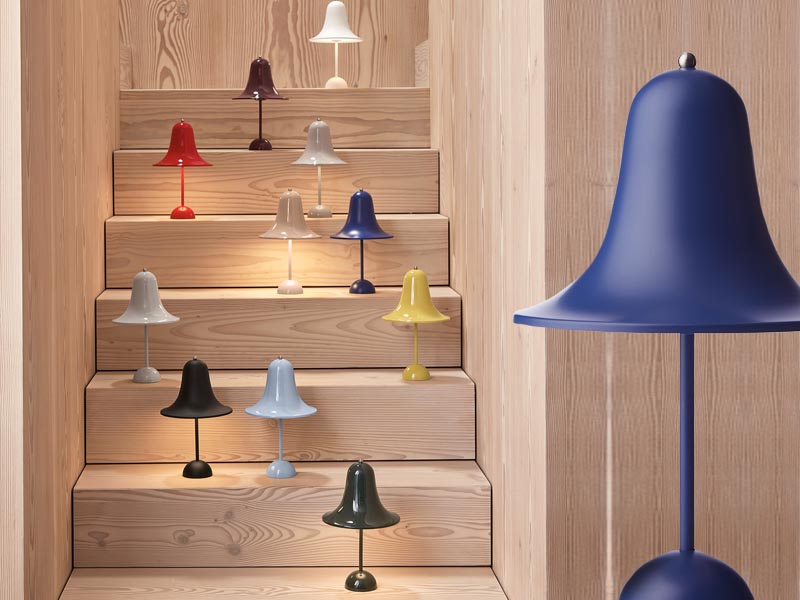
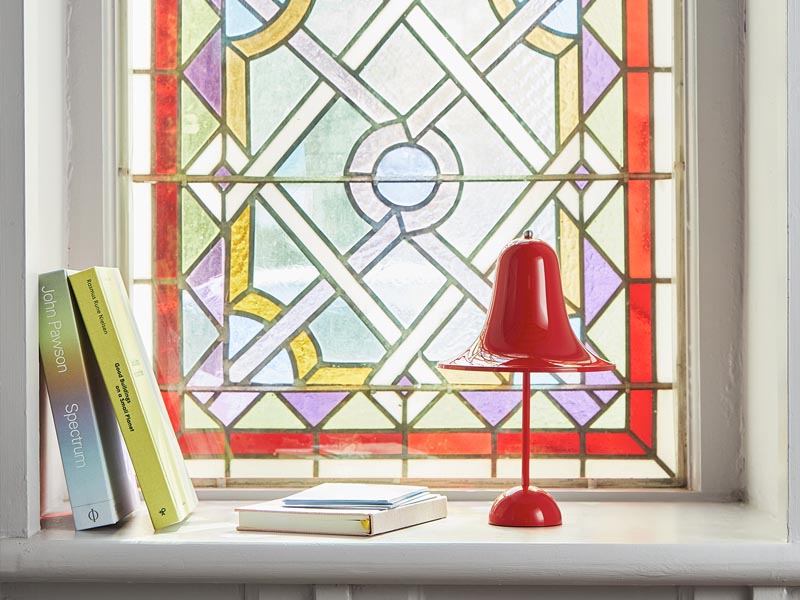
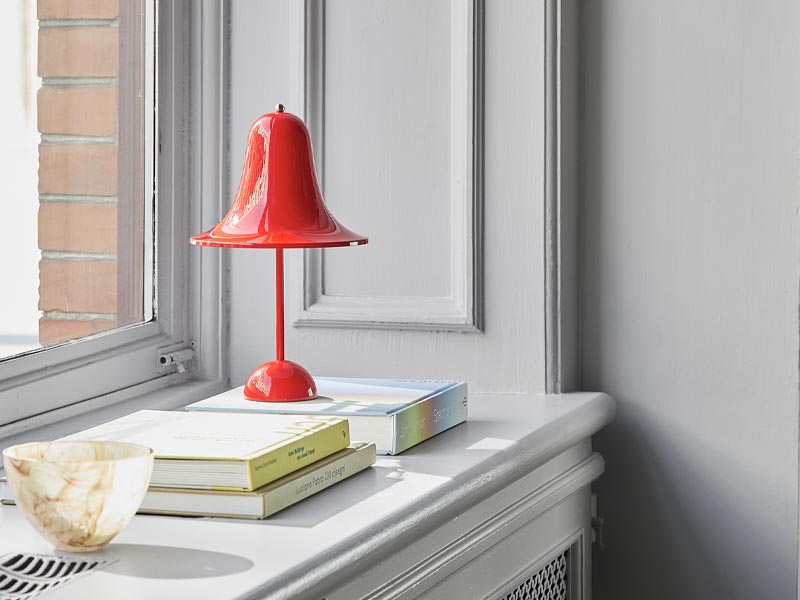
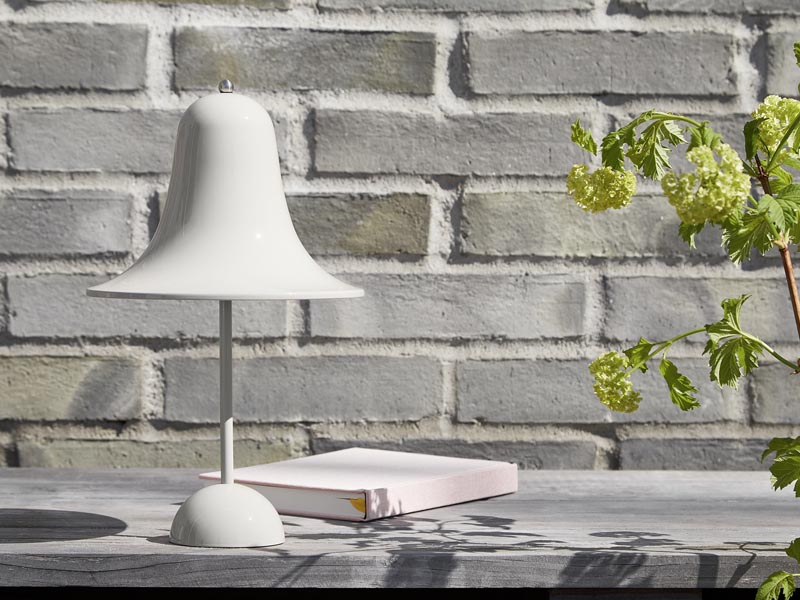
Specifications
- BULB AND SOCKET
- 1.5W LED Board (Replaceable)
- Voltage
- 110V
- POWER SOURCE
- Micro USB Charging Cable 5.0 1A
- Dimmer
- Dimmable
- Weight
- 3.3 lbs
- SHIPPING DIMENSIONS
- 1 Box 8.6" x 7.8" x 13.6”
-

- DIMENSIONS
- H 11.8" ⌀ 7" Cord L 78.7"
-
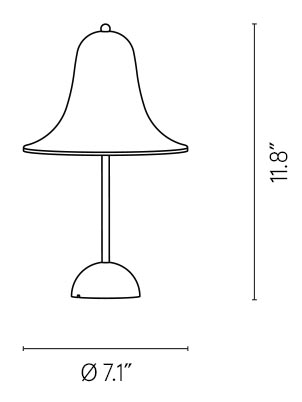
- Proposition 65 Warning
-
Designer
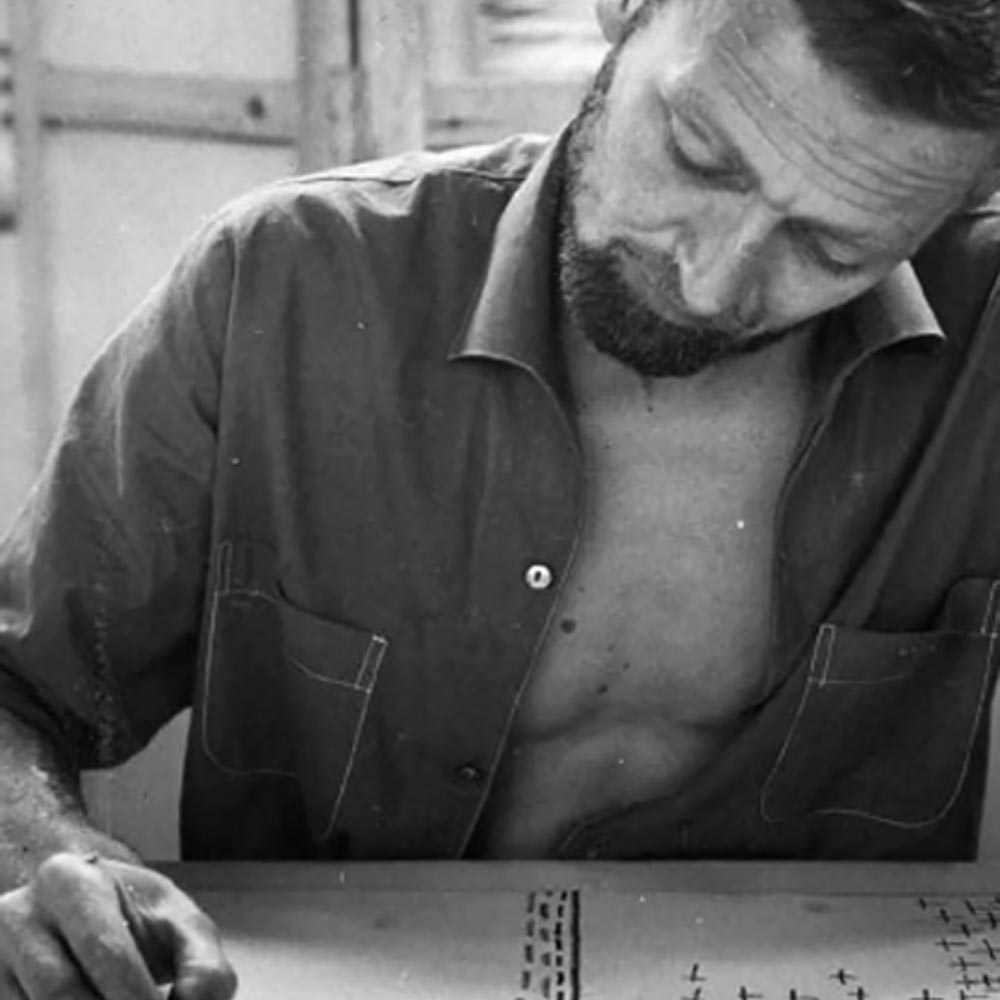
Verner Panton (1926–1998) is the ‘enfant terrible’ of Danish furniture design. Characterized by Poul Henningsen as “stubborn and forever young” Panton used his imagination and enthusiasm to combine high-tech materials, playful shapes and an array of bold colours, until an entirely new and different idiom emerged. After graduating from the Royal Academy in Copenhagen in 1951, he worked briefly at Arne Jacobsen’s architectural office, before setting off in his Volkswagen van in a bid to explore Europe and at the same time find possible investors. He returned to Denmark, not with contracts, but full of ideas, and soon after landed his first major job — designing the interior of the Komigen (Comeagain) Inn. This resulted in “the Cone Chair”, which was placed in an all-red setting, causing a sensation.

 @DESIGNQUARTERS
@DESIGNQUARTERS